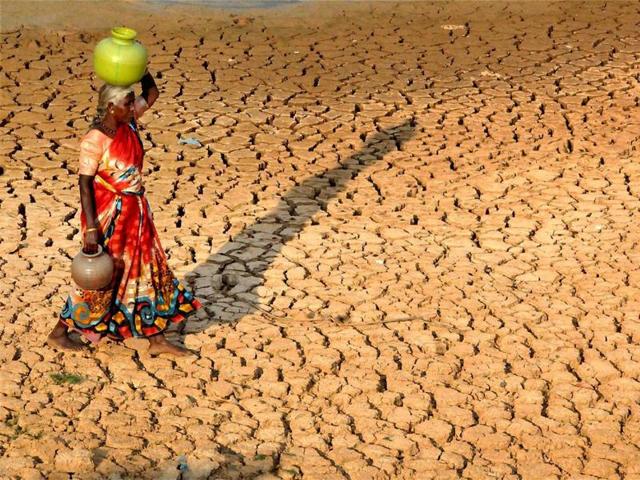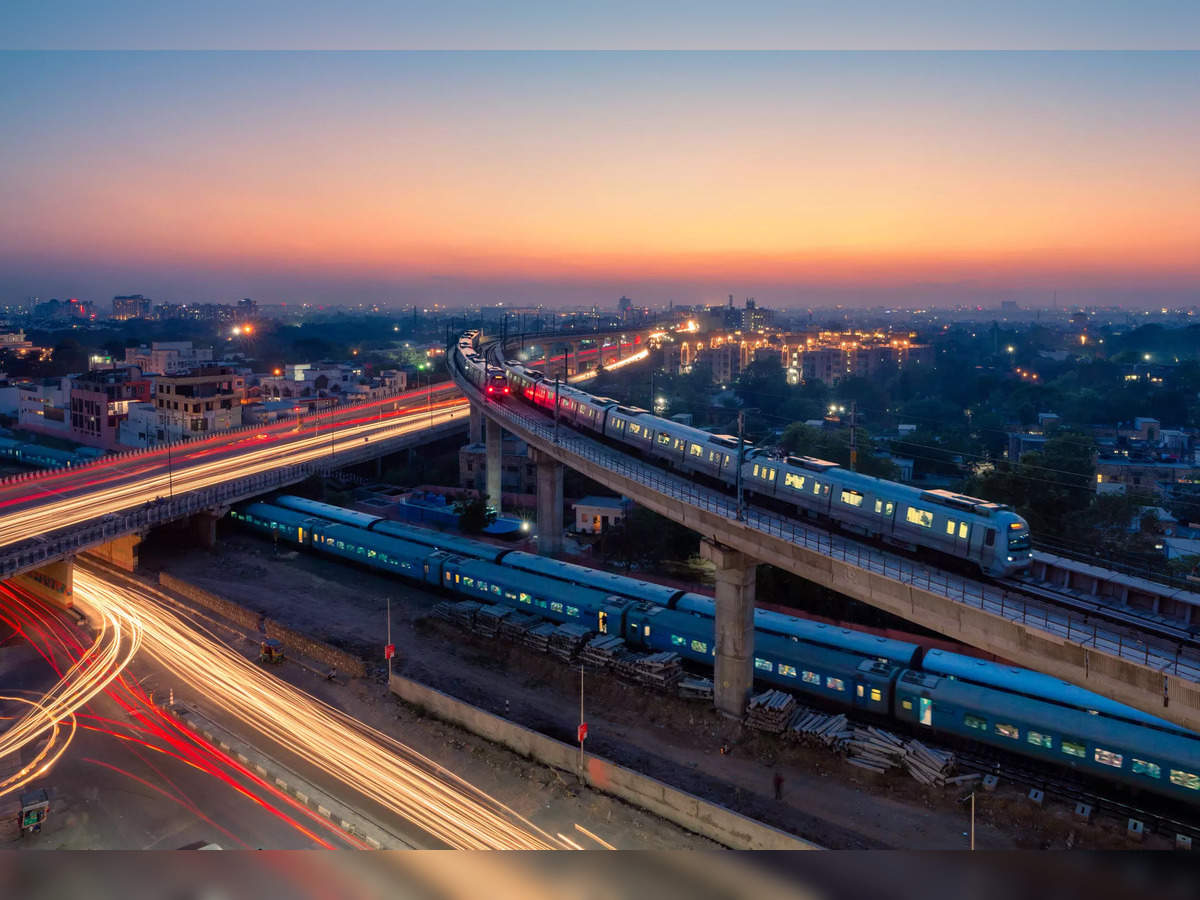Climate change is relentless in its grip on India, pushing temperatures to record highs and disrupting natural weather cycles. This throws everything from Himalayan snowfall to monsoon intensity into chaos.
Unpredictable Monsoons:
Erratic monsoons, the lifeblood of Indian agriculture, are becoming a gamble. Delays bring devastating droughts, while sudden bursts unleash flash floods. Furthermore, heatwaves, another unwelcome regular, scorch some regions with temperatures exceeding 45°C, threatening the health of vulnerable populations.

The Duality of Droughts:
Droughts, a consequence of erratic rainfall, tighten their grip when monsoons fail. Water scarcity cripples agriculture, industries, and daily life. This vicious cycle intensifies as dry land heats up faster under heatwaves.

Pollution’s Hidden Impact:
On the other hand, India’s air pollution, though a complex issue, might be masking the true extent of rising temperatures. As pollution improves, the brutal reality of climate change may become even clearer.
The combined effects of erratic rainfall, rising temperatures, and water demand push India towards a water crisis. Hence, Himalayan glaciers, a vital source of freshwater, are receding at an alarming rate.
Strained Infrastructure:
Existing infrastructure, built for a bygone climate, crumbles under the pressure. Heatwaves overwhelm power grids, erratic monsoons strain drainage systems, and droughts burden water distribution networks. Upgrading infrastructure is paramount.
Indian agriculture, heavily reliant on the monsoon, suffers greatly from changing weather patterns. Droughts and erratic rainfall disrupt planting cycles, damage crops, and reduce yields. Farmers, especially small-scale ones already facing economic hardships, struggle to adapt to this uncertain climate.

The Road Ahead: A Two-Pronged Approach
To address these weather woes, India needs a two-pronged attack. Adaptation strategies like improved drought-resistant crops, water conservation techniques, and heat-resistant infrastructure are crucial. Simultaneously, India must aggressively mitigate climate change by reducing carbon emissions and transitioning to cleaner energy sources.
By acknowledging the challenges, prioritizing adaptation, and taking strong climate action, India can build resilience and weather the storm.
To read more such blogs: https://questionmag.com/
Bibliography:
https://mausam.imd.gov.in/hyderabad/
https://www.indiatoday.in/weather/hyderabad-weather-forecast-today

Leave a comment